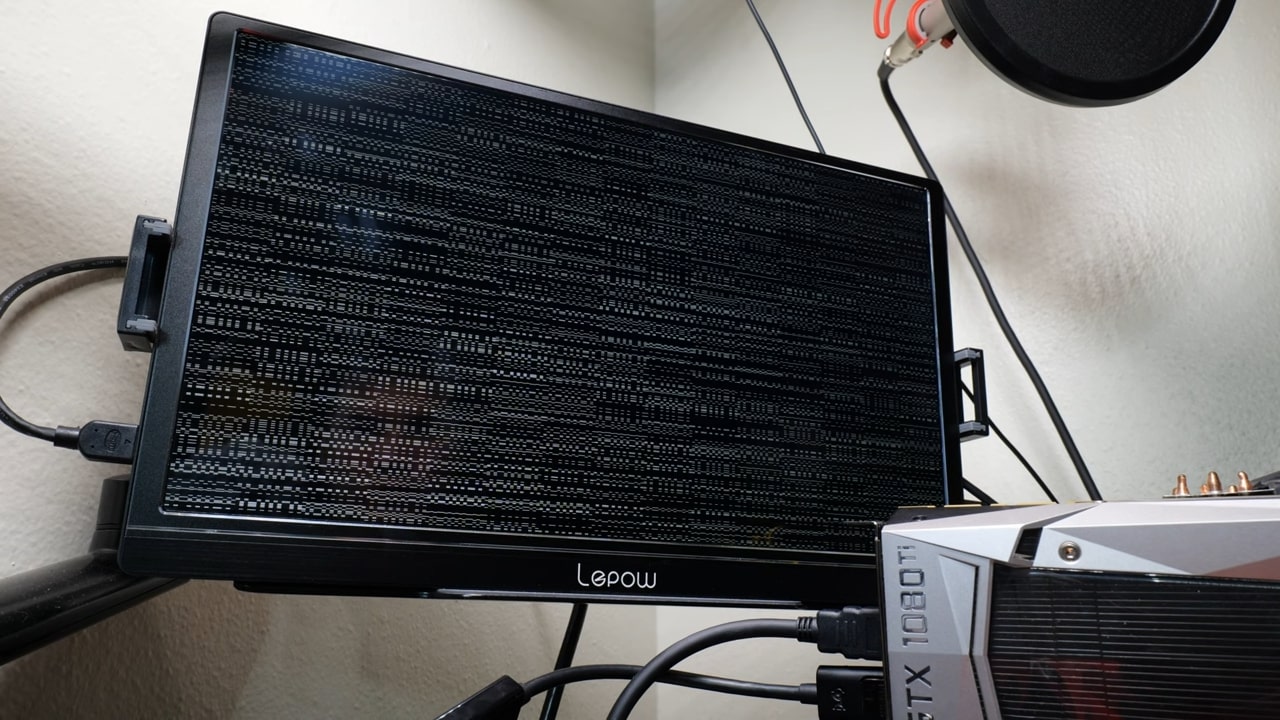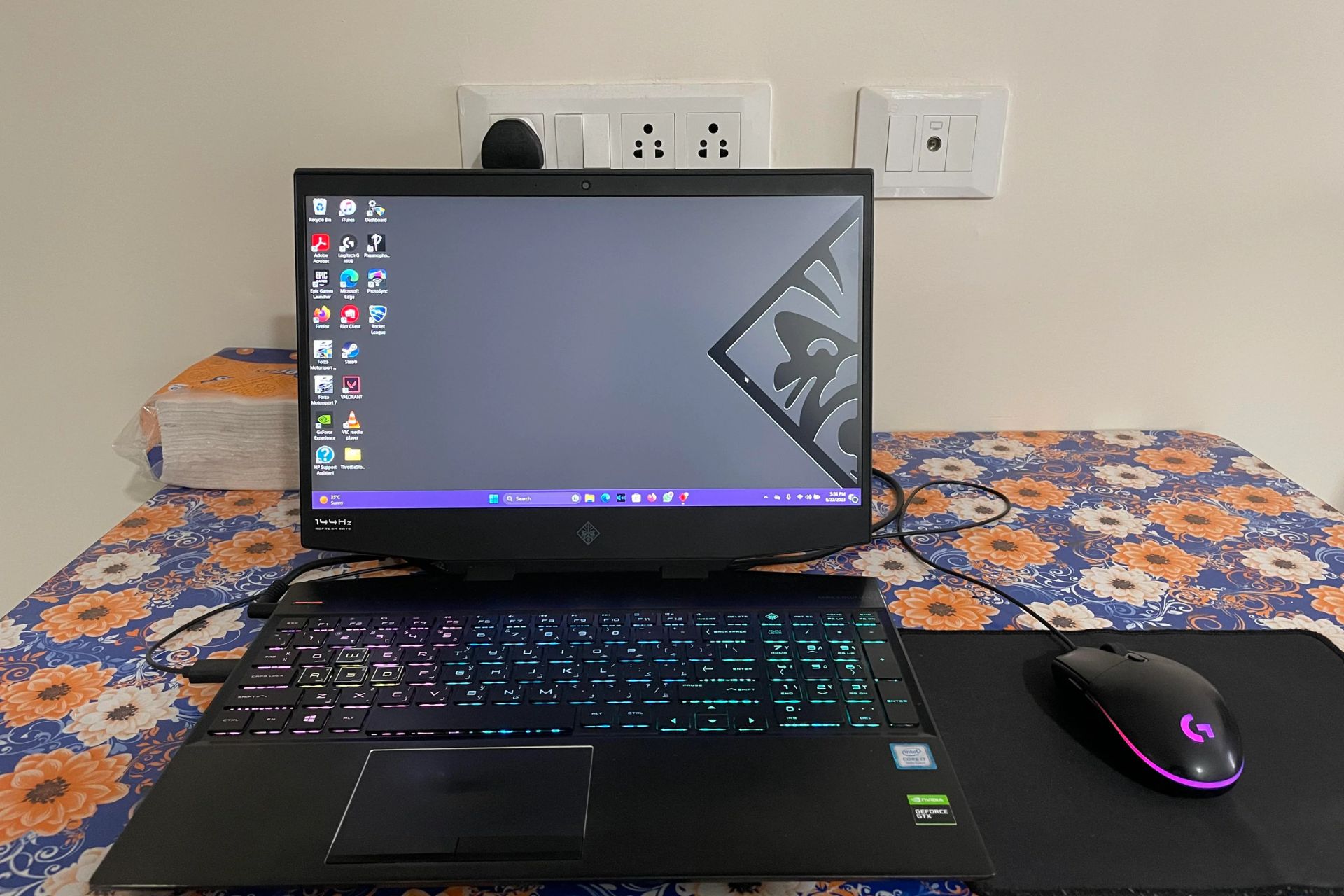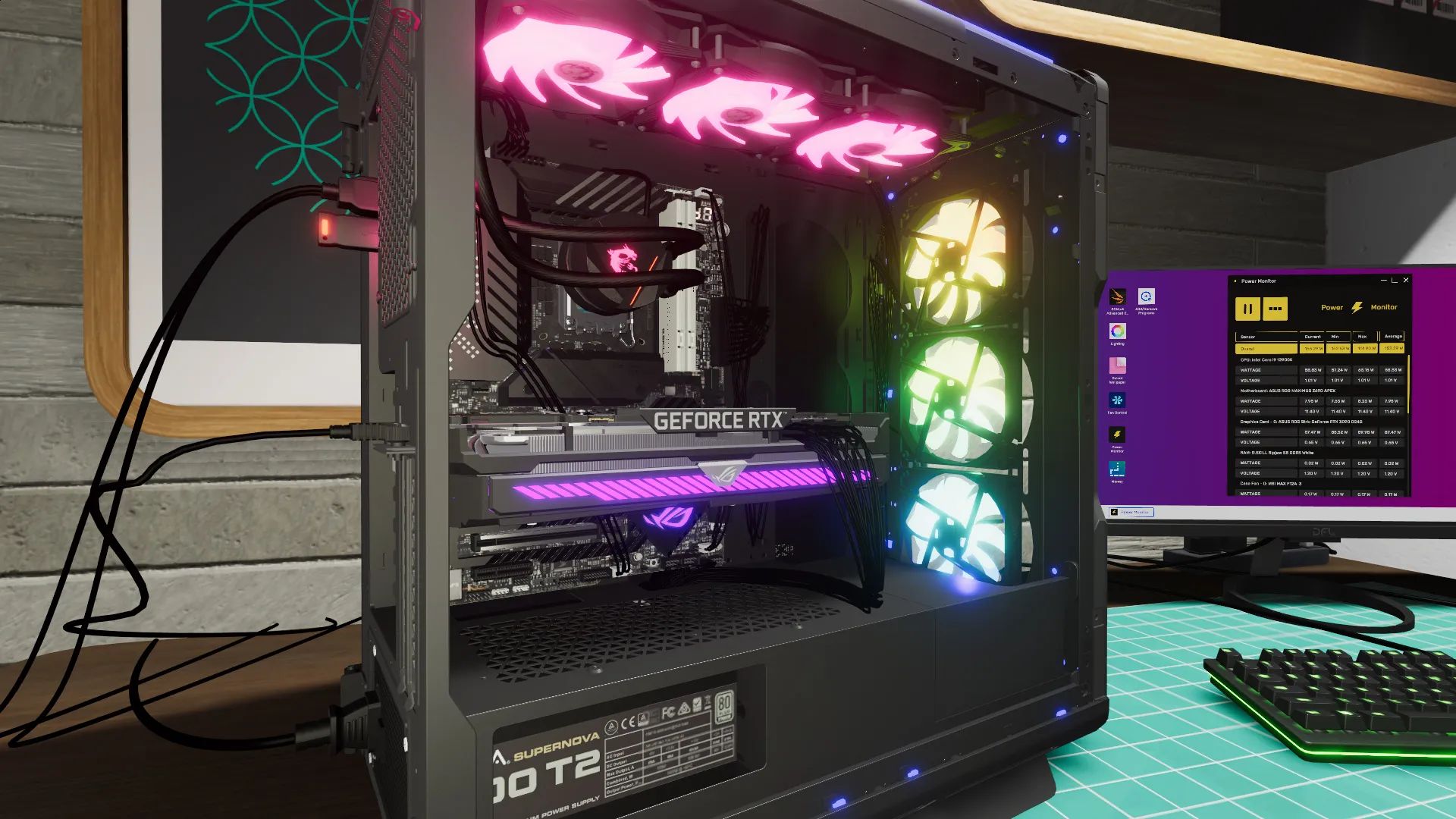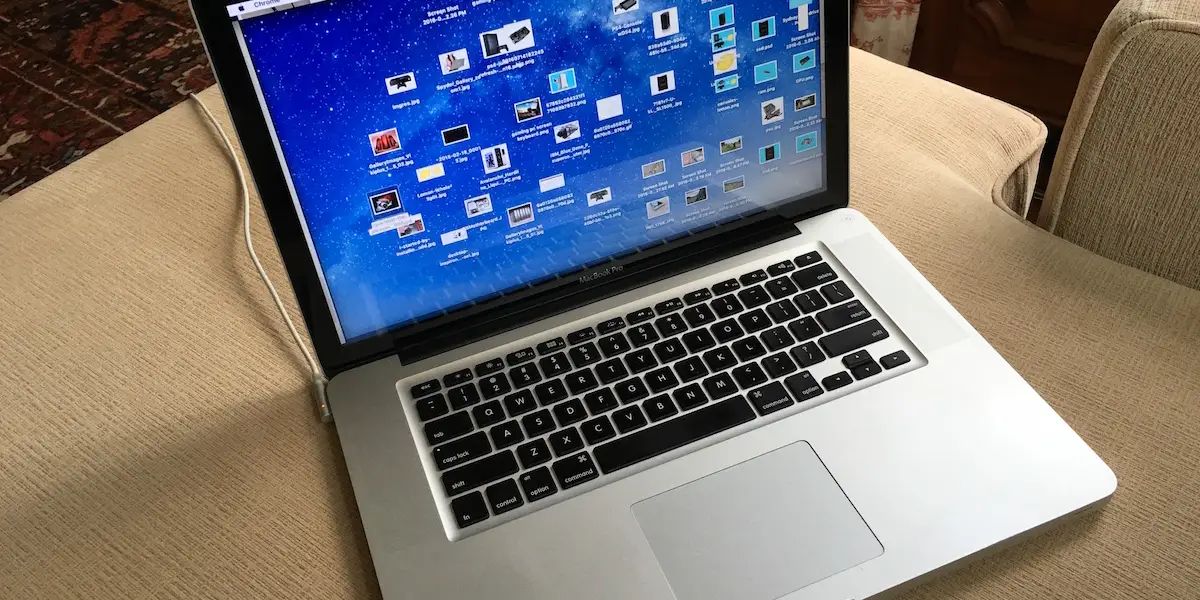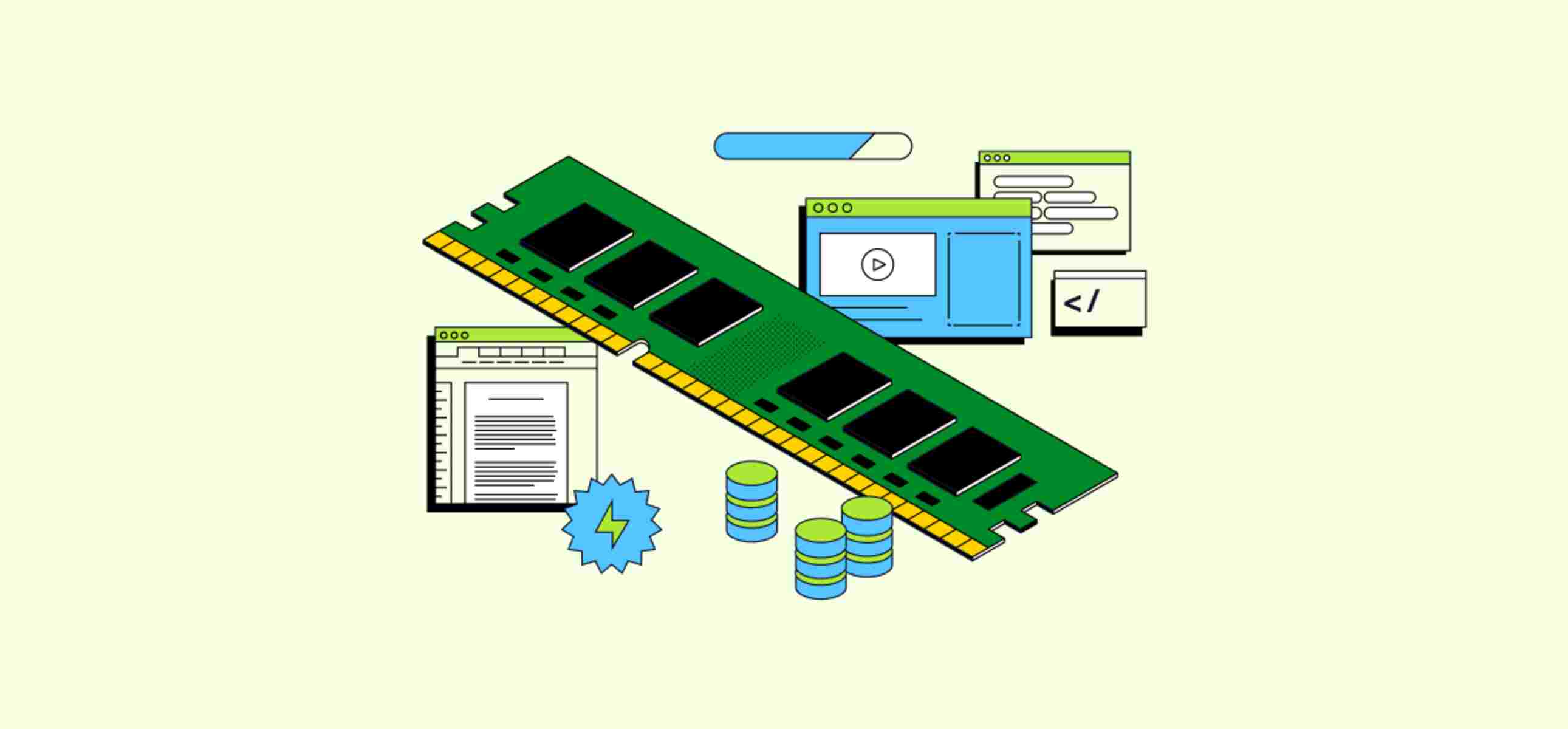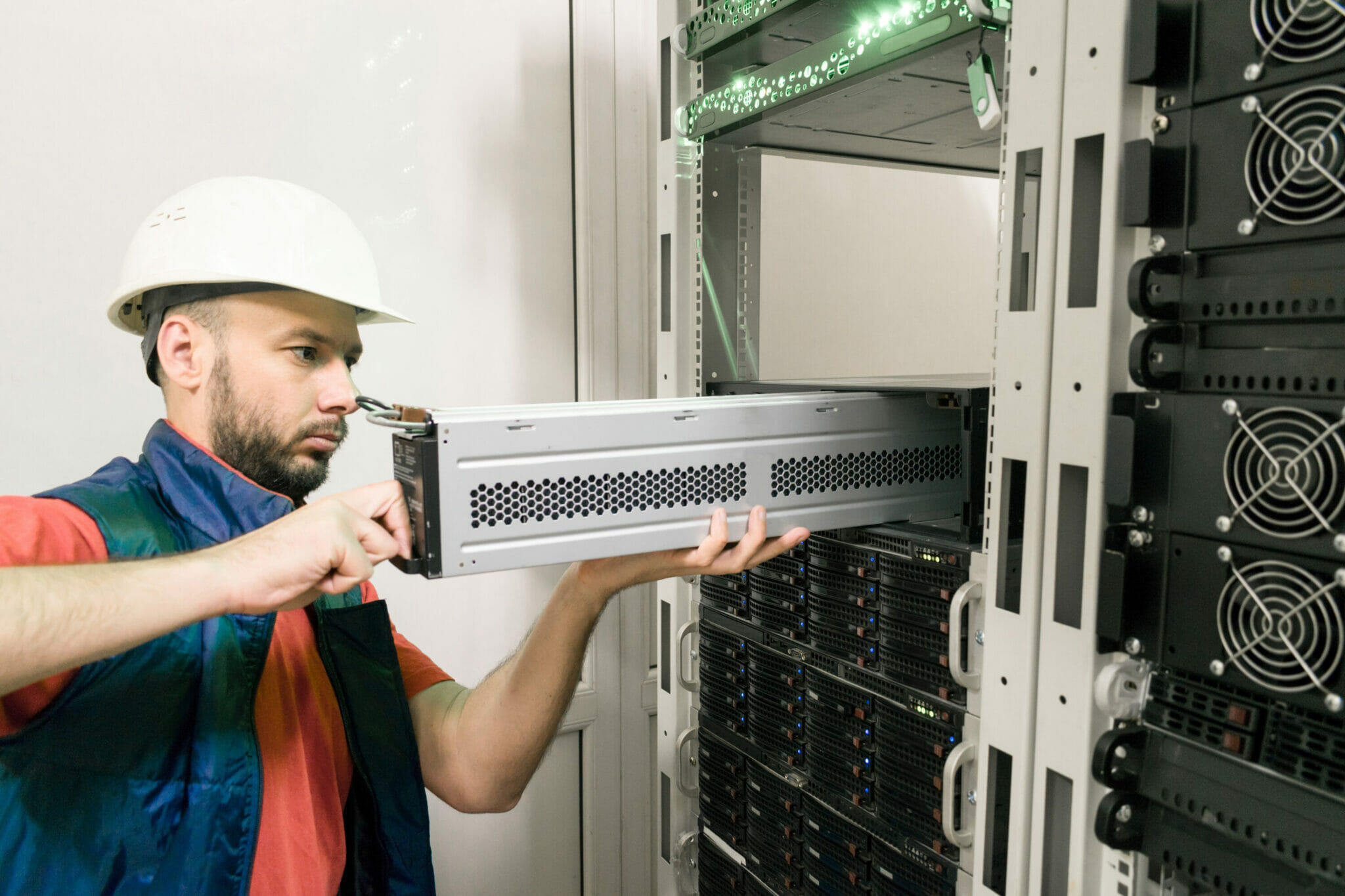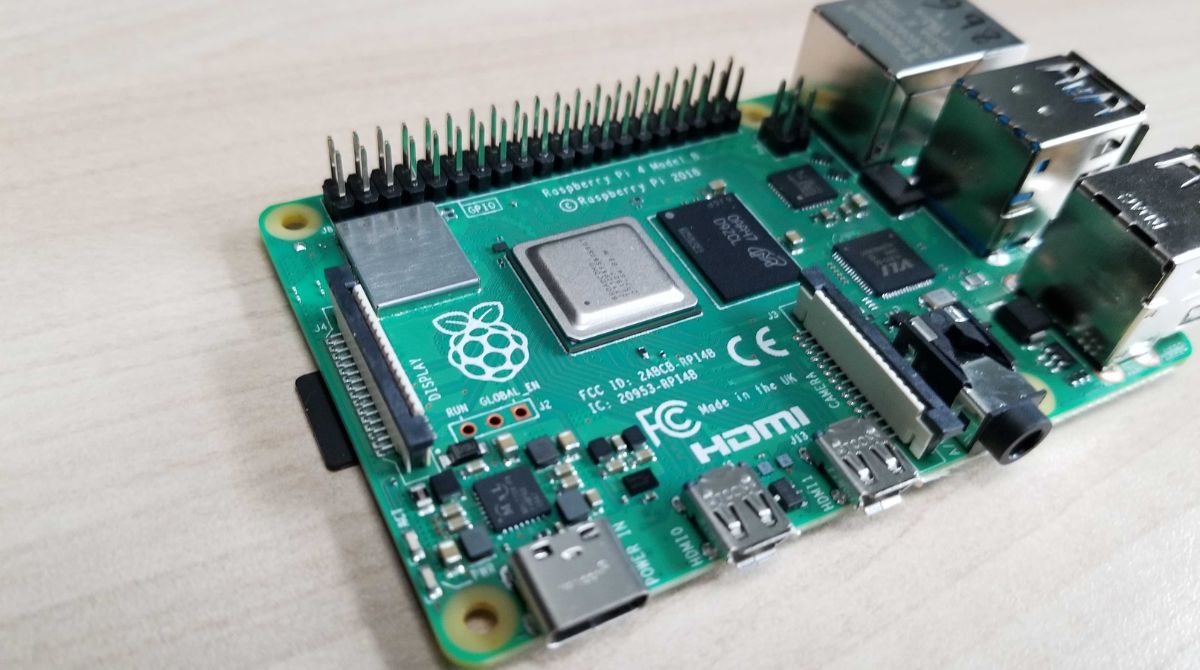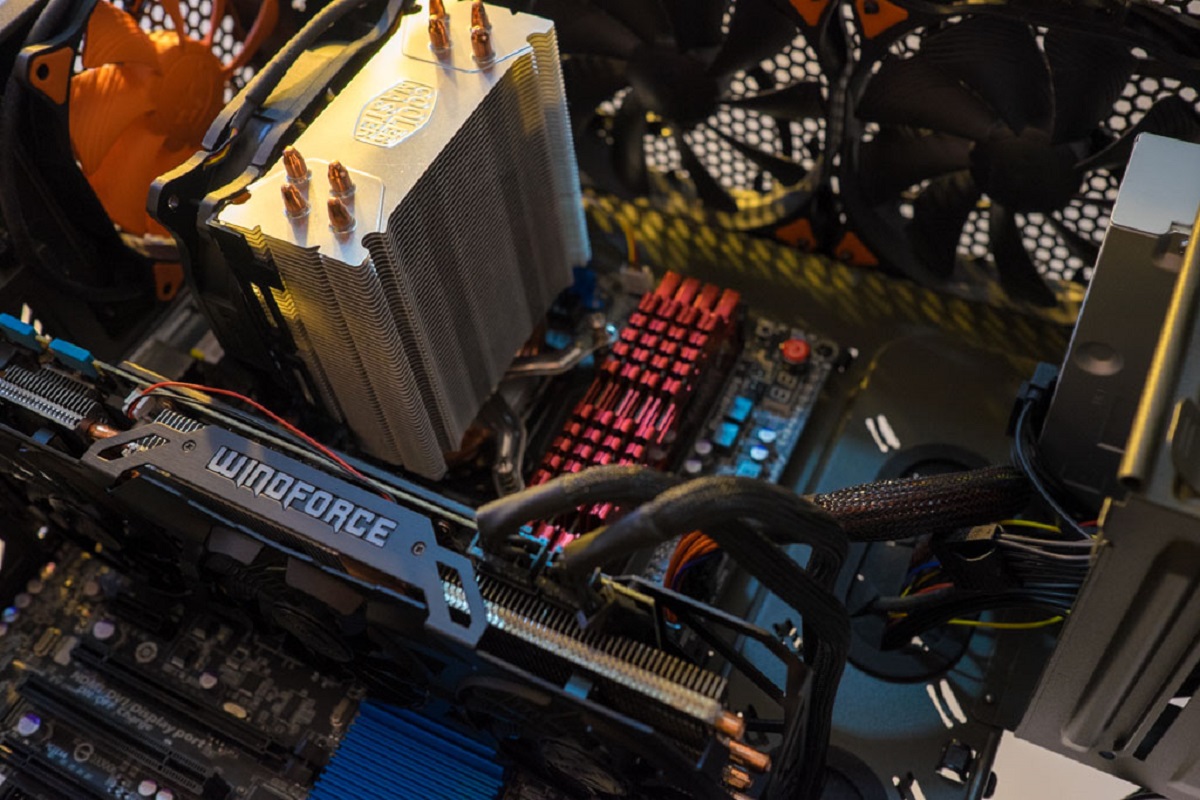Introduction
In today’s fast-paced technological landscape, businesses often need to upgrade their workstations to keep up with the demands of modern computing. Whether it’s due to hardware limitations, software compatibility issues, or simply the desire for improved performance, swapping out old workstations with new ones connected to the same server is a common task. However, it’s important to approach this process with caution and careful planning to ensure a seamless transition without any data loss or disruption to productivity.
This article will guide you through the step-by-step process of swapping out an old workstation with a new one, while maintaining a connection to the same server. You will learn how to back up your data, configure the new workstation, establish a connection to the server, transfer data and settings, test the connection, and safely decommission the old workstation. By following these steps, you can minimize downtime and ensure a smooth transition to the new workstation, without compromising on productivity or data integrity.
Whether you are an IT professional responsible for managing workstations in your organization or an individual looking to upgrade your personal workstation, this guide will provide you with the necessary information and insights to successfully complete the workstation swap. So, let’s dive into the details and learn how to seamlessly transition from an old workstation to a new one, while keeping your connection to the server intact.
Before Swapping Out the Old Workstation
Before you begin the process of swapping out your old workstation, it’s crucial to take a few preparatory steps to ensure a smooth and successful transition. Here are a few key considerations to keep in mind:
- Identify and document your current workstation configurations: Take note of the specifications, settings, and installed software on your existing workstation. This will help you replicate the same setup on the new workstation.
- Check software compatibility: Ensure that the software applications you use on your current workstation are compatible with the new system. Check for any system requirements or potential issues that may arise when transferring the software.
- Backup your data: Before making any changes, it’s crucial to create a backup of all your important files and data. This can be done using an external hard drive, cloud storage, or any other reliable backup method that suits your needs. Having a backup ensures that your data is safe in case of any unforeseen events or issues during the transition process.
- Inform users or colleagues: If you are performing the workstation swap in an organizational setting, it’s essential to communicate with any affected users or colleagues. Notify them in advance about the potential downtime or interruptions during the transition process so they can plan accordingly.
- Create a step-by-step plan: Outline a detailed plan that includes the specific tasks, timeline, and resources required for the workstation swap. This will help you stay organized and minimize any potential disruption to your workflow during the process.
By considering these factors and taking the necessary preparatory steps, you can ensure a smoother transition from your old workstation to the new one. This will help minimize any potential issues and ensure that the new workstation is properly set up and ready for use.
Step 1: Backing Up Data
Before proceeding with the workstation swap, it’s crucial to create a backup of all your important data. This step ensures that your files are safeguarded and can be easily restored in case of any unforeseen issues or data loss during the transition. Follow these steps to effectively back up your data:
- Identify critical data: Determine which files, documents, and folders are crucial for your work. Prioritize backing up these items to ensure that no essential data is lost during the swap.
- Select a backup method: Choose a reliable backup method that suits your needs. Options include external hard drives, cloud storage services, or network-attached storage (NAS) systems. Evaluate the pros and cons of each method and select the one that best fits your requirements.
- Organize and consolidate your files: Before initiating the backup process, take the time to organize your files and consolidate them into relevant folders. This will make it easier to transfer and restore your data on the new workstation.
- Perform the backup: Initiate the backup process by either connecting your external hard drive, setting up a cloud storage service, or configuring your NAS system. Follow the provided instructions to ensure a successful backup of your data.
- Verify the backup: Once the backup process is complete, double-check the integrity and completeness of the backup files. Validate that all important data has been successfully backed up and can be accessed for future restoration.
It’s recommended to periodically update your backups to ensure that you have the most recent versions of your files. This will help minimize any potential loss of data and provide peace of mind during the workstation swap process. Remember, data backup is a crucial step to protect your valuable information and ensure a smooth transition to the new workstation.
Step 2: Configuring the New Workstation
After backing up your data, the next step in swapping out your old workstation is to configure the new workstation. This involves setting up the hardware, installing necessary software, and customizing the settings according to your requirements. Follow these steps to effectively configure your new workstation:
- Unbox and set up the new workstation: Carefully unbox the new workstation and follow the provided instructions to set up the hardware components. Connect all peripherals, such as the monitor, keyboard, mouse, and any additional devices required for your specific setup.
- Install the operating system: If the new workstation doesn’t come with an operating system pre-installed, you will need to install one. Follow the instructions provided by the manufacturer and choose the operating system that is compatible with your requirements.
- Install essential software: Install the necessary software applications that you typically use for your work. This may include office productivity tools, design software, development environments, or any other applications specific to your role. Make sure to have the installation files or access to download them from reliable sources.
- Configure network and internet settings: Connect the new workstation to your network and configure the network settings according to your organization’s requirements. Set up the appropriate IP address, subnet mask, default gateway, and DNS settings. Ensure that the new workstation can connect to the internet and communicate with other devices in your network.
- Customize system settings and preferences: Personalize the new workstation by adjusting system settings and preferences to your liking. This may include customizing display settings, power options, accessibility features, and keyboard shortcuts. Configure any additional settings that align with your workflow and improve your overall user experience.
- Install security software: Ensure the new workstation is protected by installing reliable security software, such as antivirus and firewall software. Update the security definitions and configure the software to perform regular scans and monitor for any potential threats.
By following these steps, you can effectively configure your new workstation to meet your specific requirements. The configuration process will provide a solid foundation for the next steps in the workstation swap, ensuring a smooth transition from the old to the new workstation.
Step 3: Connecting to the Server
Once you have configured the new workstation, the next step in the workstation swap process is to establish a connection to the server. This step is crucial to ensure seamless access to shared files, resources, and network functionalities. Follow these steps to connect your new workstation to the server:
- Verify network connectivity: Ensure that your new workstation is connected to the network, either through a wired or wireless connection. Verify that you can access the internet and communicate with other devices on the network.
- Obtain server connection details: Gather the necessary information about the server to which you want to connect. This includes the server name, IP address, domain name, and any login credentials or permissions required.
- Configure network settings: Set up the network settings on your new workstation to align with the server’s requirements. This may involve configuring a static IP address, subnet mask, default gateway, and DNS settings. Consult with your network administrator if you require assistance or have any specific network configurations.
- Establish a connection: Use the appropriate method to connect to the server. This can vary depending on the server and network setup. Common methods include using Remote Desktop Protocol (RDP), Secure Shell (SSH), or a file sharing protocol such as FTP or SMB. Follow the specific instructions for your server and enter the required details to establish a connection.
- Test the connection: Once connected, test the connection by accessing shared files or resources on the server. Verify that you can successfully access and modify files, connect to network printers, and perform any other server-related tasks necessary for your work.
- Save connection settings: If your workstation allows it, save the connection settings for easy access in the future. This will save time and effort when reconnecting to the server, especially if you frequently switch between workstations or need to establish multiple connections.
By following these steps, you can establish a secure and reliable connection between your new workstation and the server. This will enable you to seamlessly access shared files, collaborate with colleagues, and leverage the resources provided by the server, ensuring uninterrupted productivity in your work environment.
Step 4: Transferring Data and Settings
With the new workstation successfully connected to the server, the next step in the workstation swap process is to transfer your data and settings from the old workstation to the new one. This ensures that all your important files, preferences, and customizations are preserved. Follow these steps to transfer data and settings effectively:
- Identify and prioritize data: Determine which files, folders, and settings need to be transferred from the old workstation to the new one. Prioritize critical data, such as work documents, project files, and user-specific settings.
- Migration tools: Depending on your organization’s IT policies and resources, you may have access to migration tools that streamline the transfer of settings and data. These tools may include built-in migration utilities in the operating system or third-party software designed for workstation migration.
- Manual file transfer: If migration tools are not available or suitable for your situation, you can manually transfer files and folders. This can be done by using external storage devices such as USB drives, network file transfers, or cloud-based solutions. Copy the identified data and settings from the old workstation to the new workstation, ensuring the integrity and completeness of the files.
- Import settings and configurations: For software applications, it may be necessary to manually import settings and configurations from the old workstation to the new one. This can be done by locating the relevant configuration files or using the import/export functionality within the software itself.
- Verify data transfer: After the transfer process is complete, verify that all the transferred data and settings are accessible and functioning as expected on the new workstation. Open files, test applications, and ensure that all user-specific customizations have been successfully migrated.
By following these steps, you can ensure a smooth transfer of your data and settings from the old workstation to the new one. This will help you maintain productivity and familiarity with your work environment, ensuring a seamless transition without the need to reconfigure everything from scratch.
Step 5: Testing the Connection
After transferring your data and settings to the new workstation, it’s important to thoroughly test the connection to ensure that everything is working as expected. This step will help identify any potential issues or discrepancies that may have arisen during the workstation swap. Follow these steps to effectively test the connection:
- Verify network connectivity: Ensure that the new workstation is properly connected to the network and has access to the internet. Confirm that you can browse websites, send/receive emails, and successfully connect to other network resources.
- Access shared files and resources: Test your ability to access shared files and resources on the server. Open files, modify them, and save them back to the server to ensure that the permissions and sharing settings are correctly configured.
- Check network printers: If you use network printers, verify that you can print documents from the new workstation without any issues. Ensure that the correct printers are selected, and that print jobs are being processed correctly.
- Test remote access: If you require remote access to the server, test your ability to connect remotely using the appropriate method (e.g., RDP, VPN). Verify that you can establish a remote connection and perform the necessary tasks securely.
- Ensure software functionality: Test the essential software applications that you installed on the new workstation. Open each application, perform common tasks, and ensure that they are functioning correctly. Verify any integrations, plugins, or add-ons that you rely on for your work.
- Check system performance: Assess the overall performance of the new workstation. Ensure that it is operating smoothly and responding adequately to your tasks. Monitor system resources, such as CPU usage, memory consumption, and disk access, to identify any potential performance bottlenecks.
By thoroughly testing the connection, you can identify and address any issues or performance limitations that may have arisen during the workstation swap. This step is crucial to ensure that your new workstation is fully functional, allowing you to resume your work with confidence and optimal productivity.
Step 6: Decommissioning the Old Workstation
After successfully setting up and testing the new workstation, it’s time to decommission the old workstation. Properly decommissioning the old workstation ensures that all data is securely removed, any licenses or software activations are deactivated, and the workstation is properly disposed of or repurposed. Follow these steps to effectively decommission the old workstation:
- Backup any remaining data: Double-check that you have transferred all necessary data and settings from the old workstation. If there are any remaining files or folders on the old workstation, back them up to your designated backup location.
- Remove personal data and accounts: Delete any personal or sensitive data from the old workstation. This includes documents, saved passwords, browser history, and any other information that may be stored locally. Ensure that you follow company policies and applicable privacy regulations when handling sensitive data.
- Deactivate licenses and software: If you have licensed software installed on the old workstation, make sure to deactivate those licenses to free them up for future use. Follow the instructions provided by the software manufacturer to properly deactivate licenses or transfer them to the new workstation, if applicable.
- Wipe the hard drive: To ensure that no data can be retrieved from the old workstation, it’s recommended to securely wipe the hard drive. Use a reputable data erasure tool or seek professional assistance to ensure that all data is permanently removed from the old workstation.
- Notify IT department: If you are performing the workstation swap in an organizational setting, notify the IT department or relevant personnel about the decommissioning of the old workstation. They may need to update inventory records, remove the workstation from the network, or perform any necessary procedures to officially retire the device.
- Dispose of or repurpose the old workstation: Once all data has been securely removed and the necessary steps have been taken, decide whether to dispose of or repurpose the old workstation. If it is no longer functional or required, follow proper electronic waste disposal procedures. If it can still be used, consider donating it to charitable organizations or repurposing it for non-critical tasks.
By properly decommissioning the old workstation, you ensure the security of your data, comply with company policies, and contribute to environmental sustainability by disposing of electronic waste responsibly. Following these steps will help you complete the workstation swap process with confidence and efficiency.
Conclusion
Swapping out an old workstation with a new one connected to the same server is a task that requires careful planning and execution. By following the step-by-step process outlined in this guide, you can ensure a smooth and successful transition without any data loss or disruption to productivity.
Remember to start by backing up your data and identifying the necessary preparations before swapping out the old workstation. Configuring the new workstation, connecting to the server, and transferring data and settings are critical steps that require attention to detail. Thoroughly testing the connection ensures that everything is working as expected, and decommissioning the old workstation in a secure and responsible manner completes the process.
Throughout the workstation swap, it’s important to prioritize data security, communicate with stakeholders, and abide by any organizational policies or regulations. Consider involving the IT department or seeking professional assistance when needed to ensure a smooth transition and minimize any potential issues.
By following these guidelines, you can successfully swap out your old workstation with a new one connected to the same server, improving performance, compatibility, and productivity in your work environment. Keep in mind that every organization and setup may have specific requirements and variations, so adapt the steps accordingly to your situation.
Now that you have the knowledge and guidance necessary to complete this process, you can confidently embark on upgrading your workstation and enjoy the benefits of a more efficient and productive computing experience.









